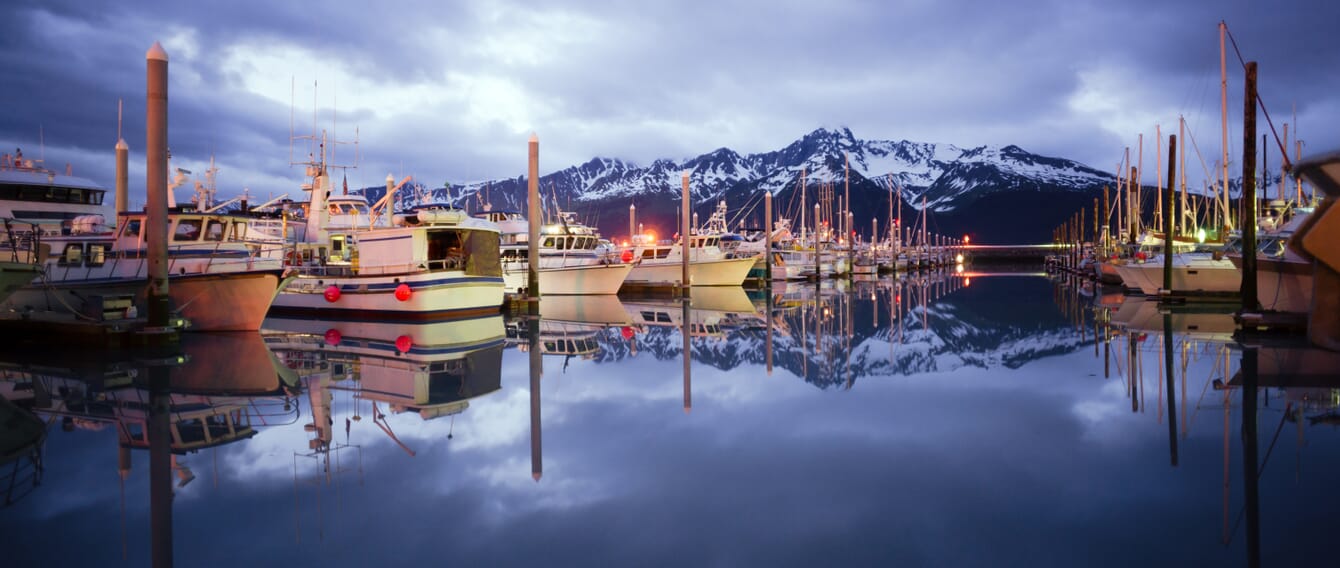
Despite the small scale of Alaska’s aquaculture sector compared with other players in the global aquaculture market, the state’s shellfish and seaweed mariculture industries have continued to show significant growth, according to a new paper from the National Ocean and Atmospheric Administration (NOAA), and reported by the Petersburg Pilot - an Alaska news platform.
Whilst finfish farming is completely prohibited in the Alaskan waters, the states’ pristine and extensive coastline make it an ideal location for the farming of shellfish and seaweeds. Reflecting this, the growth of Alaskan aquaculture can be clearly seen in the increase in permit applications for mariculture, which have more than doubled over the last decade, according to the report from NOAA.
Whilst Alaska’s flourishing mariculture industry produces a range of shellfish, including blue mussels and oysters, it is the seaweed industry that has seen the most shocking expansion. With production increasing from well under 100,000 lb in 2017 to almost 900,000 lb in 2022, the growth of Alaskan seaweed aquaculture shows no signs of slowing down, as the potential of seaweeds for a broad range of applications continues to be explored.
“I have been farming since 2017. Mariculture holds a unique and enormous potential for Alaska. With more coastline than the rest of the United States combined, Alaska is blessed with ample room to expand the industry in ‘safe’ environments for this type of growth,” said Nick Mangini, Kodiak Island Sustainable Seaweed, as reported in the publication from NOAA.
The growth of the industry has not occurred overnight, however, and has been the result of continued efforts from mariculture pioneers within the state. Following the formation of the Alaska Mariculture Task Force in 2016, federal funding significantly boosted the sector towards the goal of creating a strong and stable industry.
“Alaska’s ultimate success with mariculture will be the result of ingenuity and stubbornness. We have everything in place to be successful, a favourable regulatory environment, public financial support and insatiable markets for clean sustainable seafoods. It has taken a long time but I think we’re almost there,” said Jeff Hetrick, mariculture director at the Alutiiq Pride Marine Institute.




